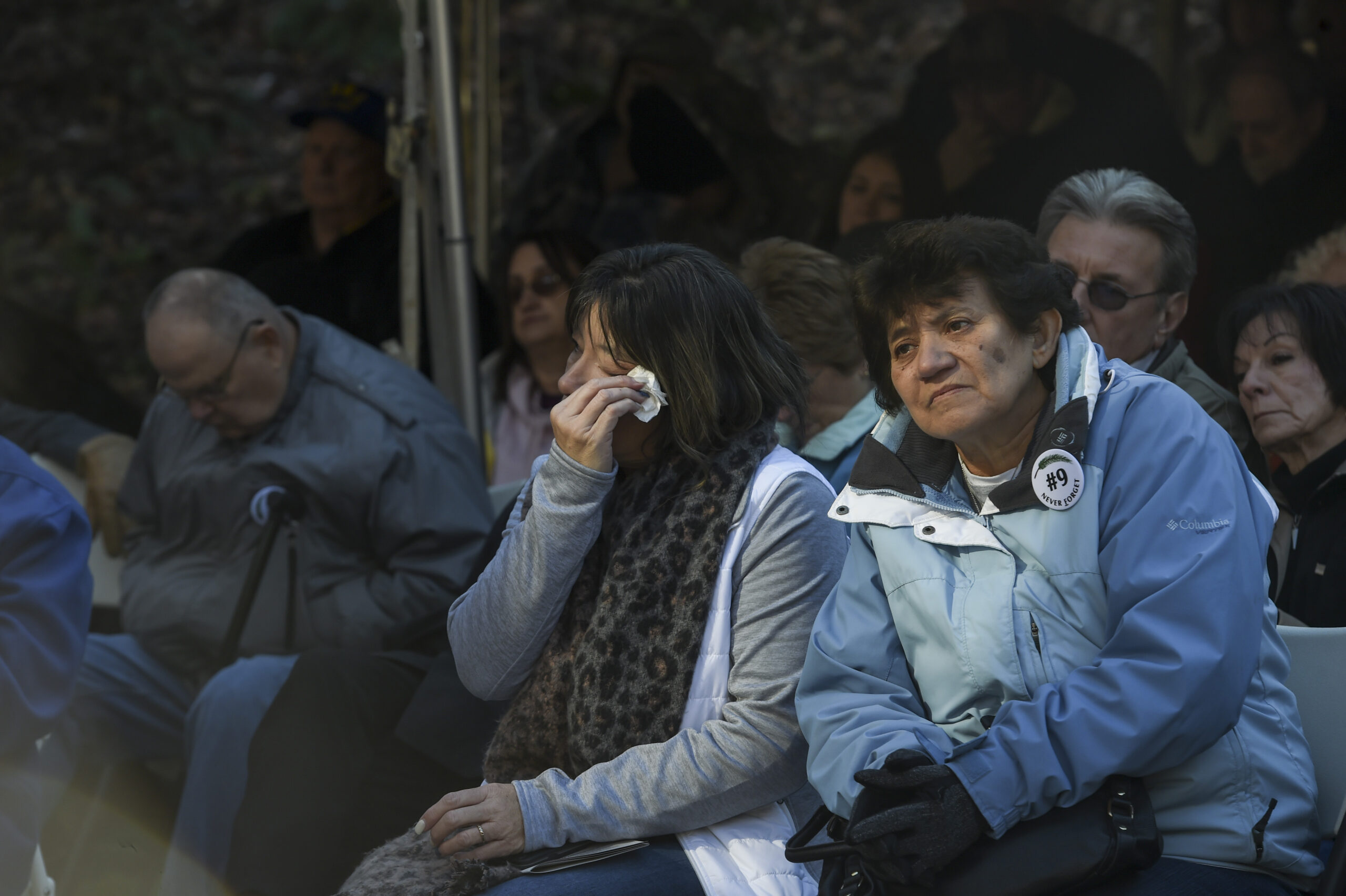MANNINGTON — Chris Varner held close his 2-year daughter, Braelynn, as he looked at the monument etched with 78 names.
“They didn’t have to die,” he said.
“But when they did, they forced the changes that made the rest of us safer. That’s just how it works in coal mining.”
At 26, Varner, of Hundred, Wetzel County, is among the younger contingent of miners in a dwindling industry.
It’s an industry, as he said, where death, more often than not, sets the agenda and the policy.
Death turns people into the activists, even.
That’s what a lot of the widows married to the names on that monument he was regarding became.
They rode Greyhound buses and packed into cars for long, winding trips to Washington, D.C., on West Virginia’s pre-Interstate roads: We wouldn’t wish what we went through on anyone.
It was a cold Wednesday morning, 5:30 a.m., Nov. 20, 1968, when the items on the desk of a motel clerk in Fairmont, actually vibrated.
It was slight, but the whispered whump — sort of like if he were to drop his open palm down on his desk — got his attention.
The clerk regarded his paperclips and coffee mug in a new way: What the heck was that?
The source of that vibration some 15 miles north of this Marion County city was anything but slight.
That’s when the first explosion tore through Consolidation Coal Co.’s No. 9 Mine, at Farmington.
That’s when 78 men, 51 years ago, became martyrs for the industry.
All those funerals, and all those empty spaces
The victims of No. 9, were West Virginia coal mining, and West Virginia history, in microcosm.
They were grandsons and sons of immigrants who crossed oceans — Italy, Russia, Eastern Europe — to carve their purchase of the American dream, in coal.
They were West Virginia kids and not-kids-anymore from the hollows of Appalachia who weren’t afraid to actually work for their money.
One of No. 9’s victims that morning that was getting ready to do that above ground.
He had put in his notice and was happily looking to forward to a new life as a gas station owner. The ribbon-cutting was set for that Saturday.
Another, not yet 20, had been on the job for just eight days.
With Vietnam and everything else swirling in the air, he was just happy to be working full-time — as he didn’t like the idea of sitting in a classroom.
Methane and other deadly gases swirling in the subterranean air sparked the horror.
When the Llewellyn Portal blew, it set off a fatal chain reaction, and the explosions that followed caused the mine to collapse in on itself.
Those who didn’t die from the concussion of the blasts, or were buried or crushed in the cave-ins, could only sit there, waiting to die.
Seventy-eight victims.
Seventy-eight funerals.
Seventy-eight families, left to regard the void.
Miraculously, 21 miners survived that day.
Nineteen of the 78 who didn’t, remain entombed in the ruined mine, for a half-century of forever.
Crews determined for their recovery simply, wrenchingly, couldn’t get to them.
Remembering, with resolve
These days, the Llewellyn Portal site, which sits on rise just past neighboring Mannington, is a memorial to the fallen of No. 9.
A small park hugs the land and leads up the memorial with the names where the portal entrance was located.
People came out to place wreathes in honor Sunday.
Chevrolet and Dodge pickup trucks with pro-union bumper stickers were parked along the side of the road leading up to the park.
Retired miners with their ball caps, bifocals and walking sticks, greeted one another.
“Tadpole!”
“Well, hey, Jerry. How’s it’s going, brother?”
Adorned in his black robe, and with his flowing beard going with the breeze, the Rev. Rodney Torbic, a Serbian Orthodox priest, smiled and chatted with the people pouring in.
There was coffee, hot chocolate and plates of cookies were heaped on tables.
A social studies fair-looking poster board with grim photocopies of No. 9 newspaper accounts was also on display.
It was a family reunion, and de facto funeral service at the same time.
While the bells of St. Patrick Church pealed 78 times, Sharon Clelland, who lost her dad in the disaster, let her rich, mountain-alto ring off the hills in song: “The Star-Spangled Banner.”
Cecil Roberts, the International President of the United Mine Workers of America, raised holy hell against those intent of separating miners from their pensions and health benefits.
And Varner cooed to his little girl and expressed hope in the industry.
He’s currently carving his American dream in Harrison County. The fifth-generation coal miner was 19 when he was hired.
Varner said he “thought a little bit about doing something else,” but kept coming back around to mining.
“I wanted a family and I didn’t want to move,” he said.
As he said, while he’s sorry for the loss of the miners, he’s awed by the activism of many of their widows, whose repeated visits to Capitol Hill helped in the creation of the Mine Safety Act, which was written into law a year after Farmington.
He nodded in the direction of the monument and its names.
“And today, I wanted to pay my respects to them.”
His father, Delmas Varner, is a lot like his son. He was drafted for Vietnam right out of high school in 1968, the year of the Farmington explosion.
After serving his military hitch stateside — “No complaints there,” he said, grinning — he came back home to West Virginia, and went into the mines in 1970. He’s now retired.
His two other sons are also miners.
His parental advice: “I told them to work hard, but to be safe. I told them to let somebody know if something doesn’t look right. It can be a good job.”
TWEET @DominionPostWV.
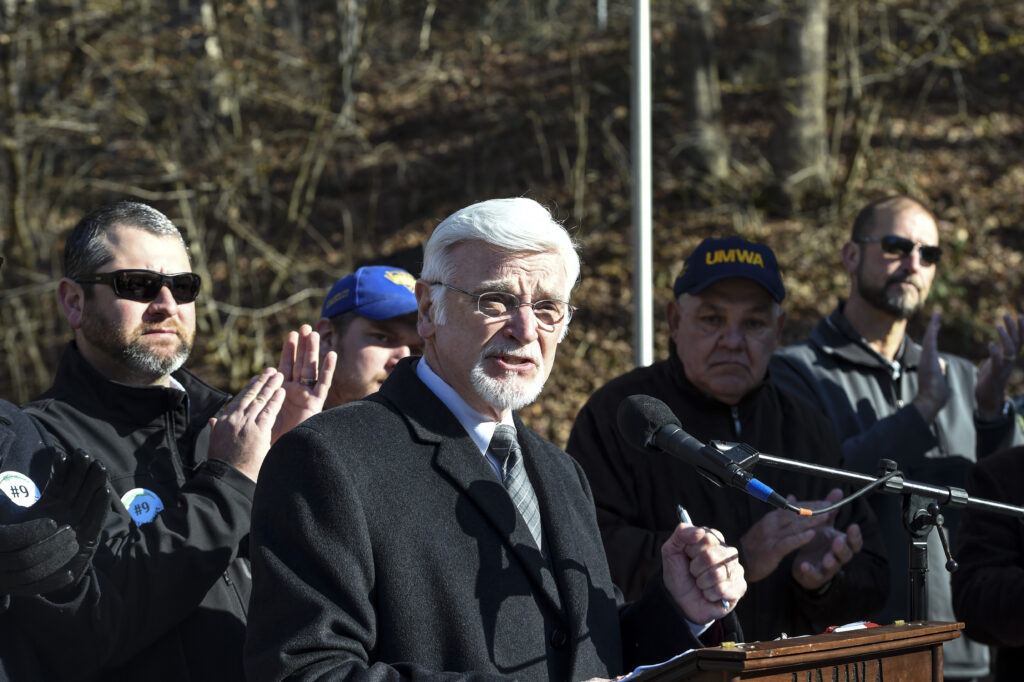
UMWA International President, Cecil Roberts speaks about lives lost and current times at the 51st memorial service for the Farmington No. 9 Explosion that occurred on Nov. 20, 1968. 
Rick Altman serves as Master of Ceremonies at the 51st memorial service for the Farmington No. 9 Explosion that occurred on Nov. 20, 1968. 
The 51st Memorial Service for the Farmington No. 9 Explosion that occurred on Nov. 20, 1968, took place on Sunday where people gather to remember those that were lost. 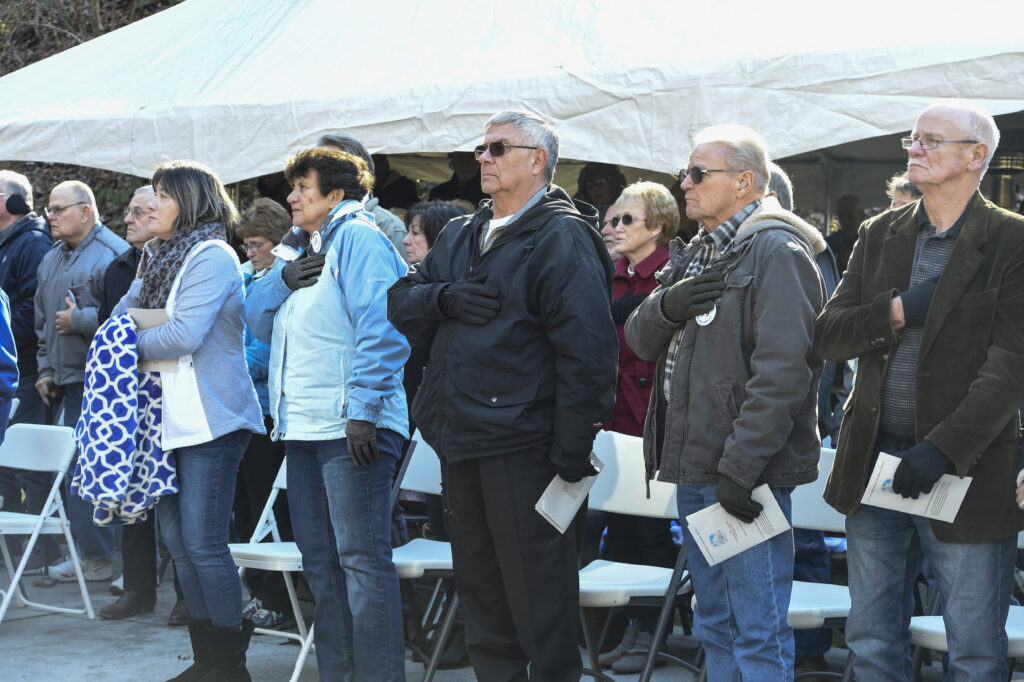



Attendees weep during the 51st Memorial Service for the Farmington No. 9 Explosion that occurred on Nov. 20, 1968. 
UMWA International Secretary and Treasurer speaks with emotion at the 51st memorial service for the Farmington No. 9 Explosion that occurred on November 20, 1968. 
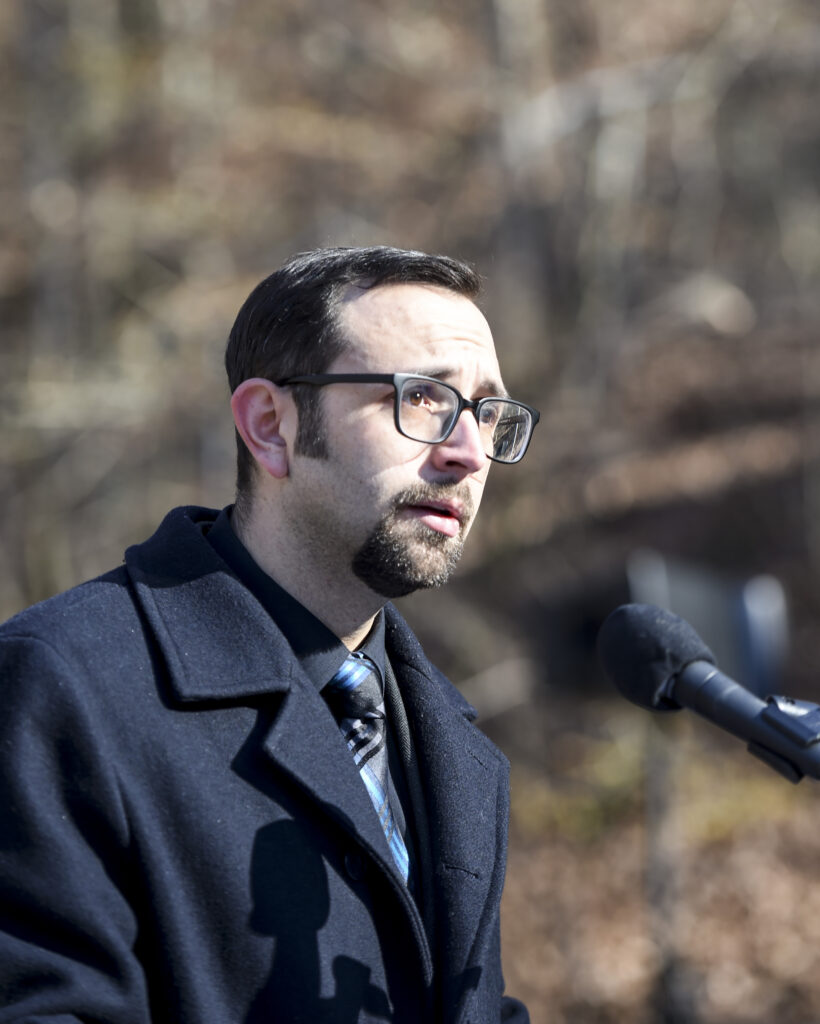
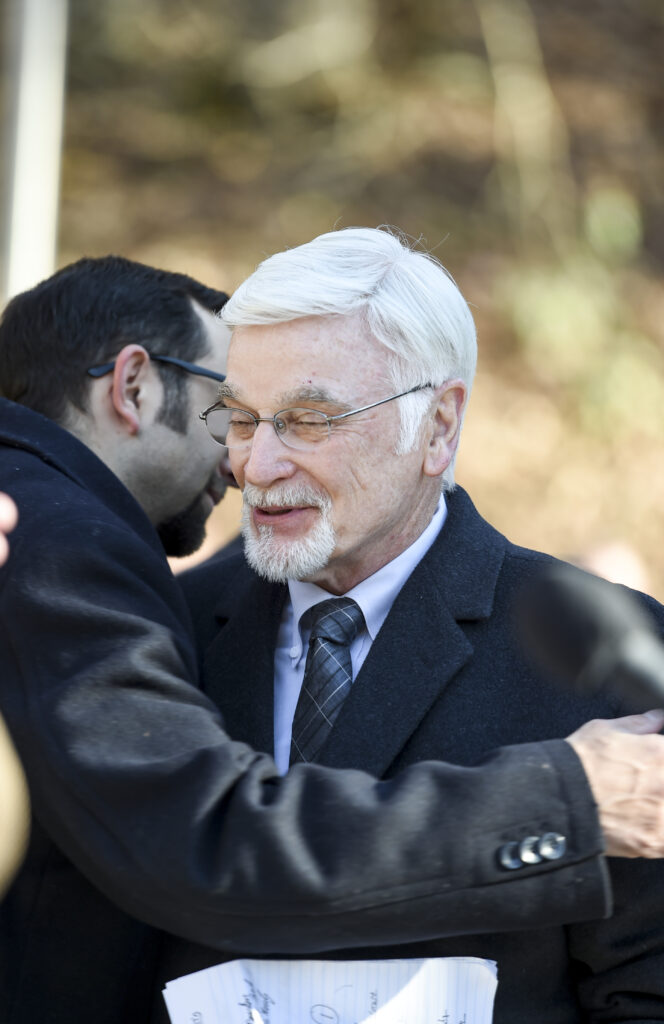

UMWA International President Cecil Roberts speaks about lives lost and current times at the 51st memorial service for the Farmington No. 9 Explosion that occurred on November 20, 1968. 
UMWA International President, Cecil Jones speaks about lives lost and current times at the 51st memorial service for the Farmington No. 9 Explosion that occurred on November 20, 1968.

